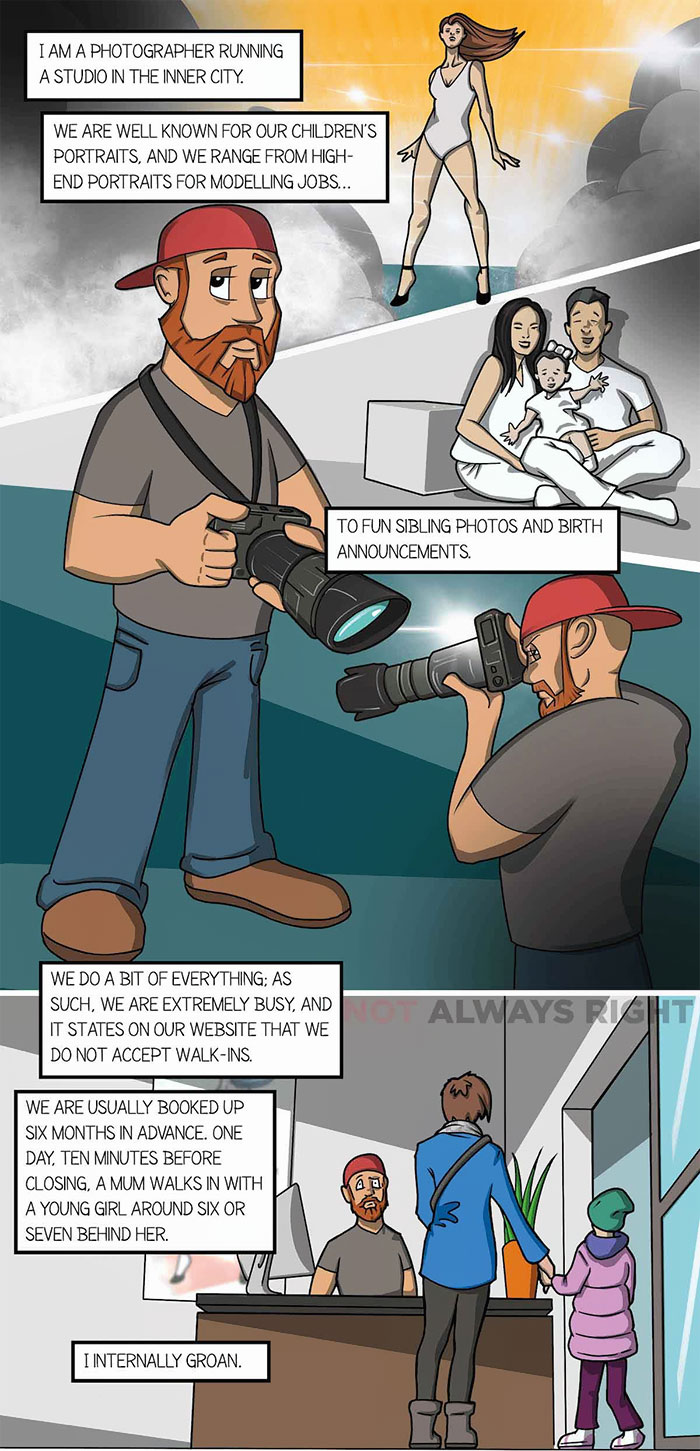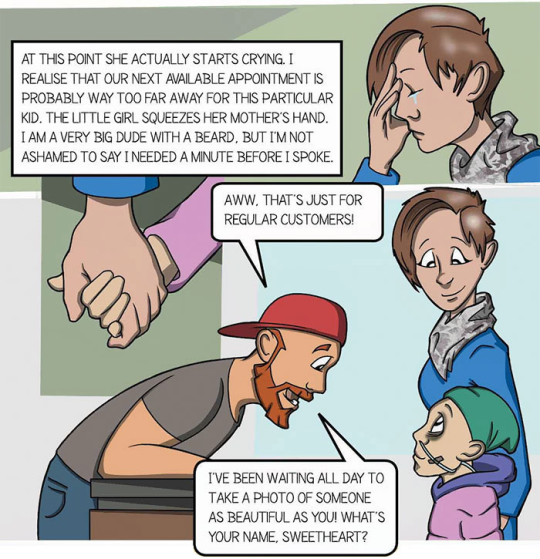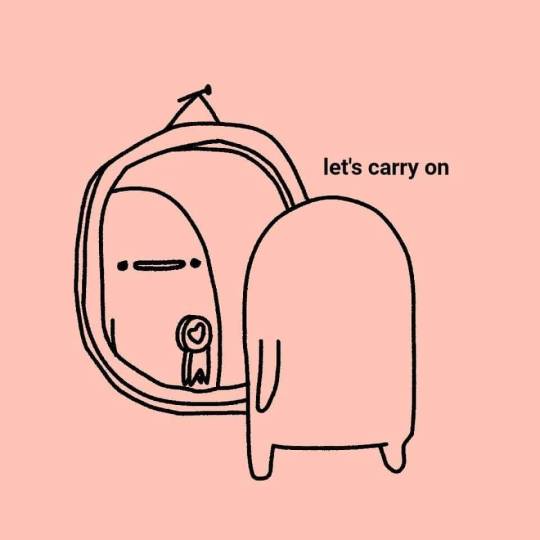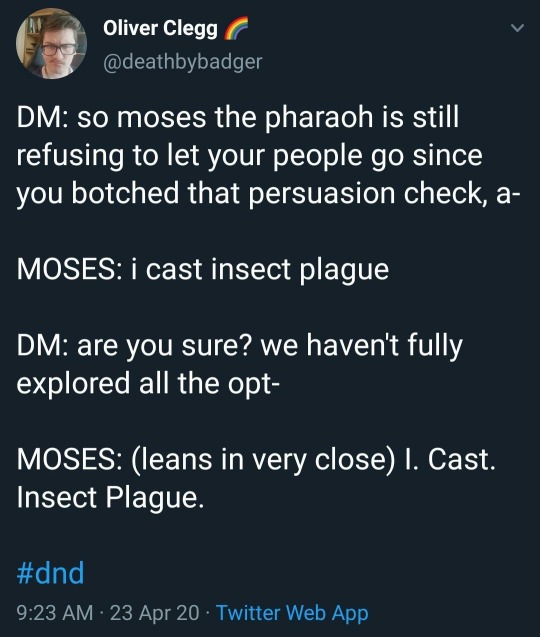Text
if were all catpeople there would be trans catboy forums devoted to how to dye over calico markings so you can pass better and another group of trans catboys who insisted that the only way to deal with it is to normalize catboys having calico markings. the discourse would be insane
86K notes
·
View notes
Text
I've seen discussions sometimes about how fanfiction-based fandom culture is heavily influenced and dominated by people who are not cis men.
One thing I haven't seen discussed as much though is how much of fandom in general is shaped by neurodivergent people.
I mean, you have autistic and ADHD people with special interests or hyperfixations collecting information and writing detailed meta, connecting very strongly with characters and fandoms. I would not be surprised if the percentage of autistics in fandom communities was significantly higher than in the general public.
And that's not even getting into other types of neurodivergencies and how they influence fandom culture.
I sometimes see people try to divorce fandom culture from the idea of being a "geek", and I understand that this is sometimes because of the association with the sexist geek stereotype, but I also know that there is a connection between the two concepts, and it's probably us neurodivergent people.
53K notes
·
View notes
Text
“X bodily fluid is just filtered blood!” buddy I hate to break it to you but ALL of the fluids in your body are filtered blood. Your circulatory system is how water gets around your body. It all comes out of the blood (or lymph, which is just filtered blood).
99K notes
·
View notes
Text
Invalid D&D Alignments
Lawful Chaotic - loophole abuse. their goal is to carry out as many zany shenanigans as possible in an absolutely nonpunishable manner.
Chaotic Lawful - malicious compliance. dredges up obscure laws that haven’t been implemented in decades or centuries and insists on following them. thrives on inscrutable bureaucratic labyrinths.
Good Evil - the token evil teammate. a missing stair. an objectively terrible person but charming or useful somehow so people keep making excuses for them.
Evil Good - always does the right thing, but, like, in the least comfortable way. call them in for big, big problems, and then spend a year wondering if it was really worth it. their approval fills you with shame.
39K notes
·
View notes
Text
Years ago back when I worked in cubicle land, we were hiring junior software developers. They didn’t have to have a ton of experience, just a willingness to learn, and some demonstration of their software skills. Like: show me a program you wrote (any language) or a web site you designed. Anything.
And there was this one guy I talked with who seemed super sharp, but had virtually zero experience writing software. When it came time to do the show-n-tell part of the interview he whips out his laptop, brings up a website, and spins it around to show me what he made.
A website of tiny ceramic frogs.
Not for sale. Just… all these ceramic frogs, organized into categories. Frogs on bicycles, frogs with hats, frogs sitting on lily pads. It was a virtual museum of ceramic frogs in web form.
I scrolled through his online collection of frogs, slightly baffled.
“This is your website?” I asked finally.
“Yep!”
“You coded this yourself?” I popped into view-source mode and poked around some incredibly well-formatted, well-commented html. I nodded slowly. This guy was meticulous.
“Yep!”
“So… where’d all the frogs come from?”
“I made those too,” he says, beaming.
And while I’m processing this he rummages in his bag and pulls out a little ceramic frog working at a computer terminal. He places it on the table before us, next to the laptop.
“And THIS one,” he says, “I made for you! As a thank you for the interview.”
It was adorable. I hired him on the spot. I mean, why not? Worst case he’d wash out in 90 days and we’d hire somebody else. He turned out to be one of the best developers on our team.
And yes, his cubicle was loaded with ceramic frogs.
148K notes
·
View notes
Text
a lot y’all think it’s Peak Ally to be like “i treat trans men the same way i treat cis men uwu” but that isn’t helpful when u treat cis men like garbage bc u believe all men are biologically evil and don’t deserve basic human decency bc then guess what happens. u treat trans men like we’re evil and don’t deserve basic human decency. which, considering there’s currently a genocide being carried out against trans people (including trans men, bc ik some of y’all need to be reminded of that) in at least one country, maybe that’s like. not great!
17K notes
·
View notes
Text




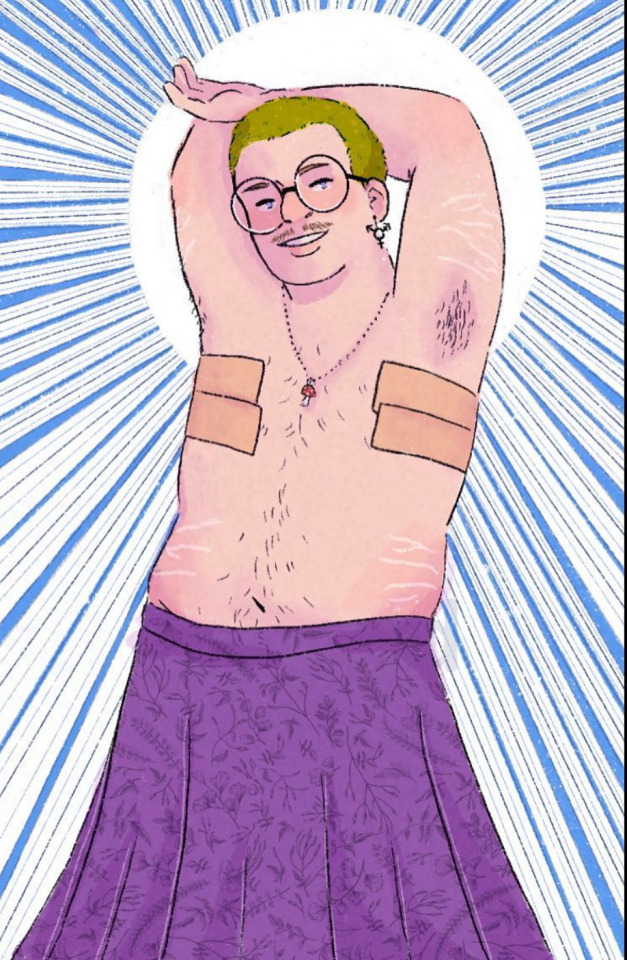


Illustrations for a trans masc chest Zine I'm making!
20K notes
·
View notes
Photo

“Untitled” (Portrait of Ross in L.A.) is a 1991 piece by Felix Gonzalez-Torres in the collection of the Art Institute of Chicago. It’s a spilled pile of candy.
“Untitled” (Portrait of Ross in L.A.) represents a specific body, that of Ross Laycock, Gonzalez-Torres’ partner who died of AIDS in 1991. This piece of art serves as an “allegorical portrait,” of Laycock’s life.
The pile of candy consists of commercially available, shiny wrapped confections. The physical form of the work changes depending on the way it is installed. The work ideally weighs 175 pounds (79 kg) at installation, which is the weight of Ross Laycock when healthy.
Visitors are invited to take a piece of candy from the work. Gonzalez-Torres grew up Roman Catholic and taking a candy is a symbolic act of communion, but instead of taking a piece of Christ, the participant partakes of the “sweetness” of Ross. As the patrons take candy, they are participants in the art. Each piece of candy consumed is like the illness that ate away at Ross’s body.
Multiple art museums around the world have installed this piece.

Per Gonzalez-Torres’ parameters, it is up to the museum how often the pile is restocked, or whether it is restocked at all. Whether, instead, it is permitted to deplete to nothing. If the pile is replenished, it is metaphorically granting perpetual life to Ross.

In 1991, public funding of the arts and public funding for AIDS research were both hot issues. HIV-positive male artists were being targeted for censorship. Part of the logic of “Untitled” (Portrait of Ross in L.A.) is you can’t censor free candy without looking ridiculous, and the ease of replicability of the piece in other museums makes it virtually indestructible.

64K notes
·
View notes
Text


Two trans men in love: Sky, aged 64. Mike, aged 55.
Photos taken from Jess T Dugan’s series To Survive On This Shore.
63K notes
·
View notes
Text
I’ve said this before and I’ll say it again but it is absolutely an example of civilizational inadequacy that only deaf people know ASL
“oh we shouldn’t teach children this language, it will only come in handy if they [checks notes] ever have to talk in a situation where it’s noisy or they need to be quiet”
327K notes
·
View notes
Text
Transphobes who say their pronouns are beep/boop or something else in their bio underestimate my willingness to adhere to those pronouns
89K notes
·
View notes
Note
Please make a post about the story of the RMS Carpathia, because it's something that's almost beyond belief and more people should know about it.
Carpathia received Titanic’s distress signal at 12:20am, April 15th, 1912. She was 58 miles away, a distance that absolutely could not be covered in less than four hours.
(Californian’s exact position at the time is…controversial. She was close enough to have helped. By all accounts she was close enough to see Titanic’s distress rockets. It’s uncertain to this day why her crew did not respond, or how many might not have been lost if she had been there. This is not the place for what-ifs. This is about what was done.)
Carpathia’s Captain Rostron had, yes, rolled out of bed instantly when woken by his radio operator, ordered his ship to Titanic’s aid and confirmed the signal before he was fully dressed. The man had never in his life responded to an emergency call. His goal tonight was to make sure nobody who heard that fact would ever believe it.
All of Carpathia’s lifeboats were swung out ready for deployment. Oil was set up to be poured off the side of the ship in case the sea turned choppy; oil would coat and calm the water near Carpathia if that happened, making it safer for lifeboats to draw up alongside her. He ordered lights to be rigged along the side of the ship so survivors could see it better, and had nets and ladders rigged along her sides ready to be dropped when they arrived, in order to let as many survivors as possible climb aboard at once.
I don’t know if his making provisions for there still being survivors in the water was optimism or not. I think he knew they were never going to get there in time for that. I think he did it anyway because, god, you have to hope.
Carpathia had three dining rooms, which were immediately converted into triage and first aid stations. Each had a doctor assigned to it. Hot soup, coffee, and tea were prepared in bulk in each dining room, and blankets and warm clothes were collected to be ready to hand out. By this time, many of the passengers were awake–prepping a ship for disaster relief isn’t quiet–and all of them stepped up to help, many donating their own clothes and blankets.
And then he did something I tend to refer to as diverting all power from life support.
Here’s the thing about steamships: They run on steam. Shocking, I know; but that steam powers everything on the ship, and right now, Carpathia needed power. So Rostron turned off hot water and central heating, which bled valuable steam power, to everywhere but the dining rooms–which, of course, were being used to make hot drinks and receive survivors. He woke up all the engineers, all the stokers and firemen, diverted all that steam back into the engines, and asked his ship to go as fast as she possibly could. And when she’d done that, he asked her to go faster.
I need you to understand that you simply can’t push a ship very far past its top speed. Pushing that much sheer tonnage through the water becomes harder with each extra knot past the speed it was designed for. Pushing a ship past its rated speed is not only reckless–it’s difficult to maneuver–but it puts an incredible amount of strain on the engines. Ships are not designed to exceed their top speed by even one knot. They can’t do it. It can’t be done.
Carpathia’s absolute do-or-die, the-engines-can’t-take-this-forever top speed was fourteen knots. Dodging icebergs, in the dark and the cold, surrounded by mist, she sustained a speed of almost seventeen and a half.
No one would have asked this of them. It wasn’t expected. They were almost sixty miles away, with icebergs in their path. They had a respondibility to respond; they did not have a responsibility to do the impossible and do it well. No one would have faulted them for taking more time to confirm the severity of the issue. No one would have blamed them for a slow and cautious approach. No one but themselves.
They damn near broke the laws of physics, galloping north headlong into the dark in the desperate hope that if they could shave an hour, half an hour, five minutes off their arrival time, maybe for one more person those five minutes would make the difference. I say: three people had died by the time they were lifted from the lifeboats. For all we know, in another hour it might have been more. I say they made all the difference in the world.
This ship and her crew received a message from a location they could not hope to reach in under four hours. Just barely over three hours later, they arrived at Titanic’s last known coordinates. Half an hour after that, at 4am, they would finally find the first of the lifeboats. it would take until 8:30 in the morning for the last survivor to be brought onboard. Passengers from Carpathia universally gave up their berths, staterooms, and clothing to the survivors, assisting the crew at every turn and sitting with the sobbing rescuees to offer whatever comfort they could.
In total, 705 people of Titanic’s original 2208 were brought onto Carpathia alive. No other ship would find survivors.
At 12:20am April 15th, 1912, there was a miracle on the North Atlantic. And it happened because a group of humans, some of them strangers, many of them only passengers on a small and unimpressive steam liner, looked at each other and decided: I cannot live with myself if I do anything less.
I think the least we can do is remember them for it.
261K notes
·
View notes

